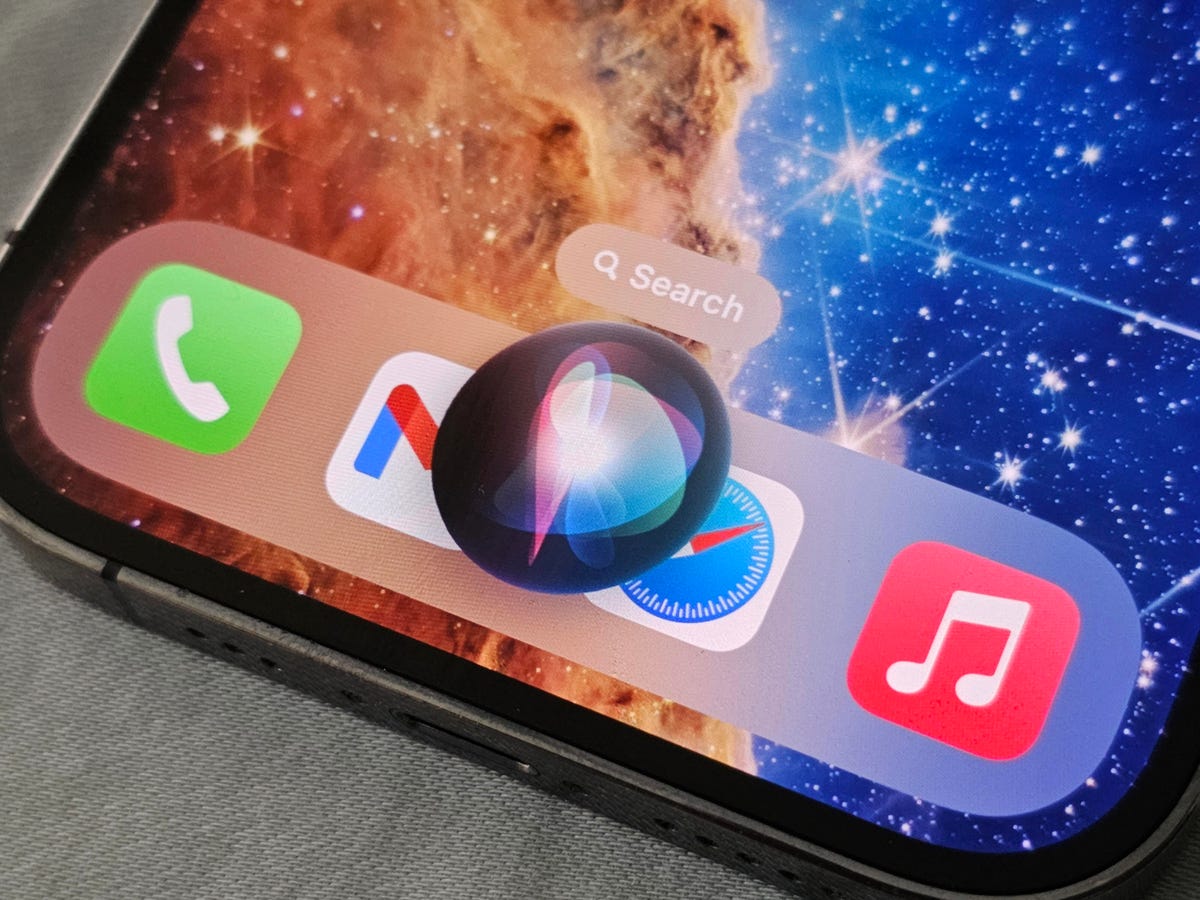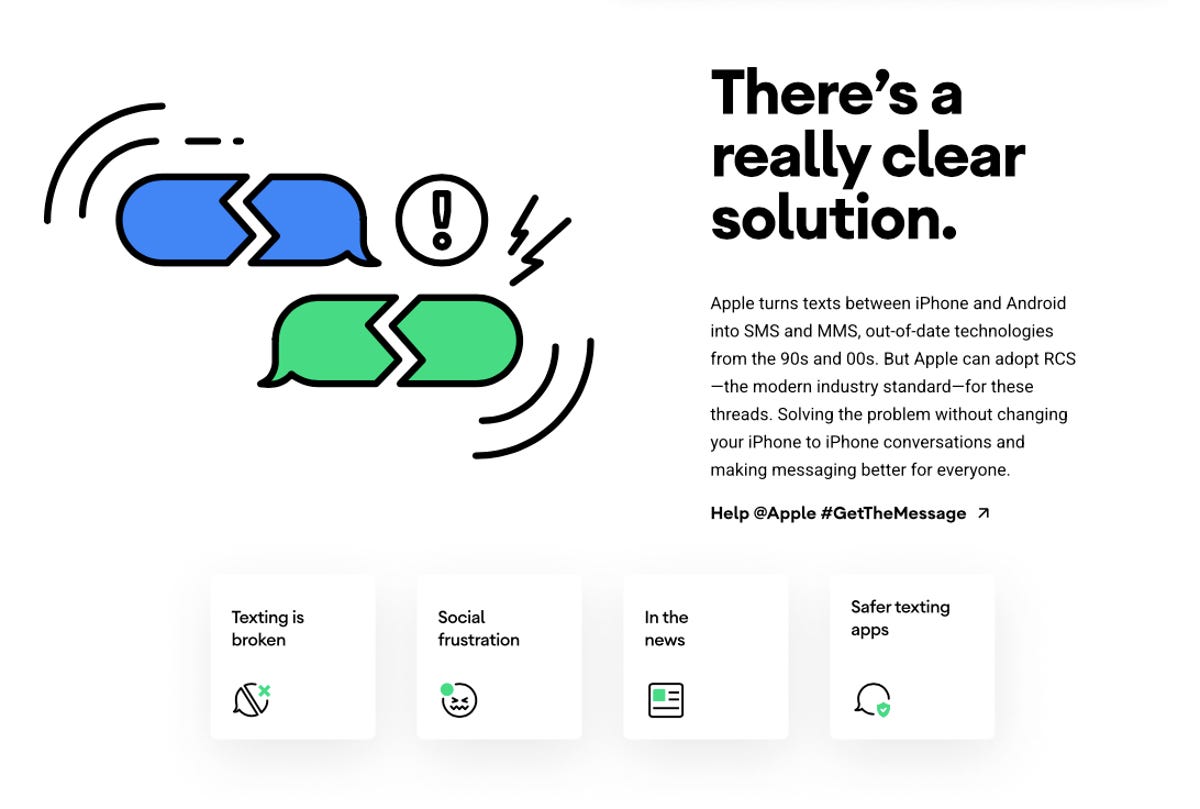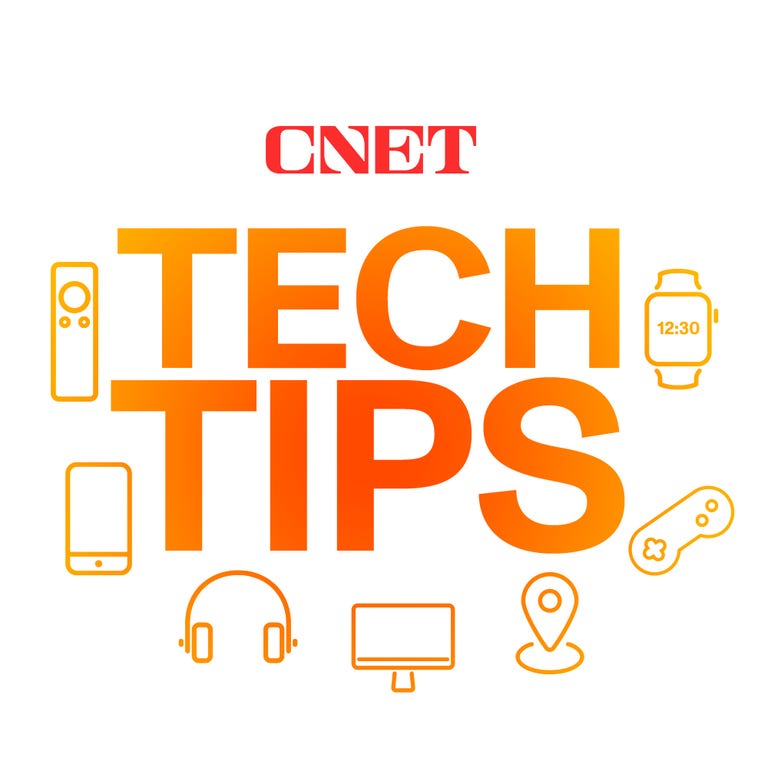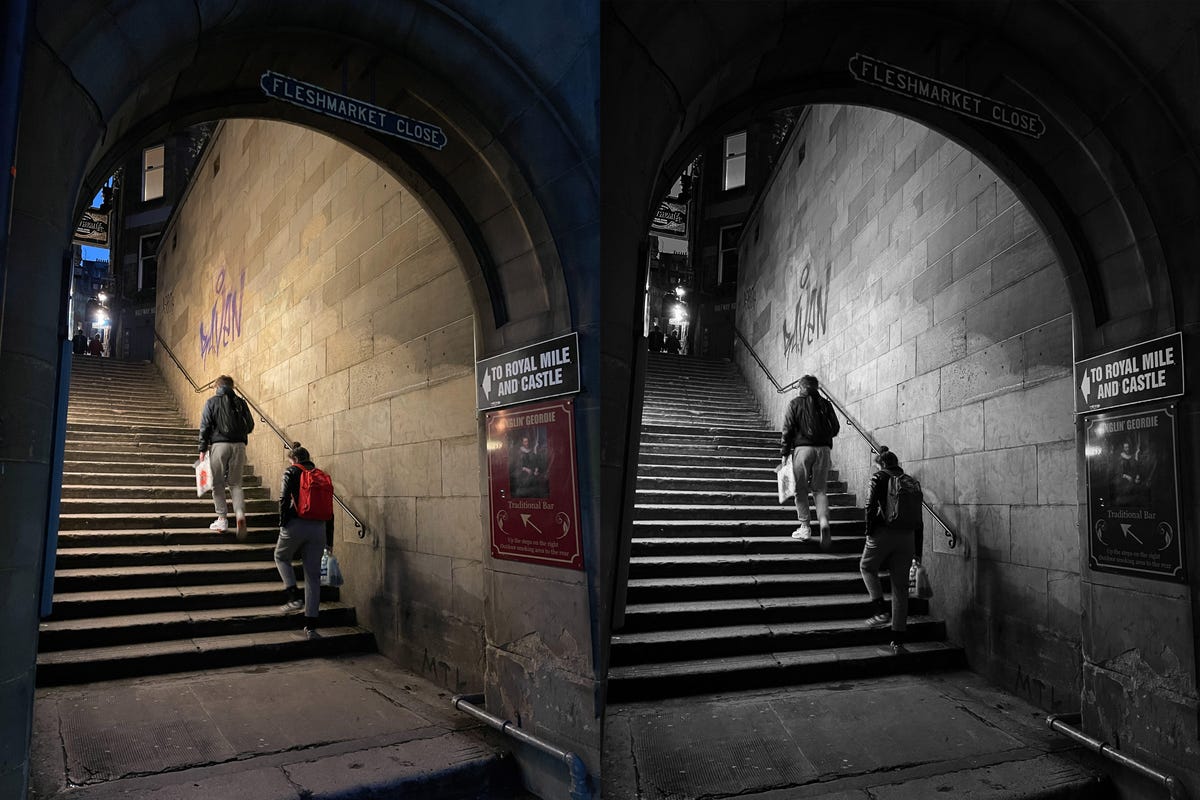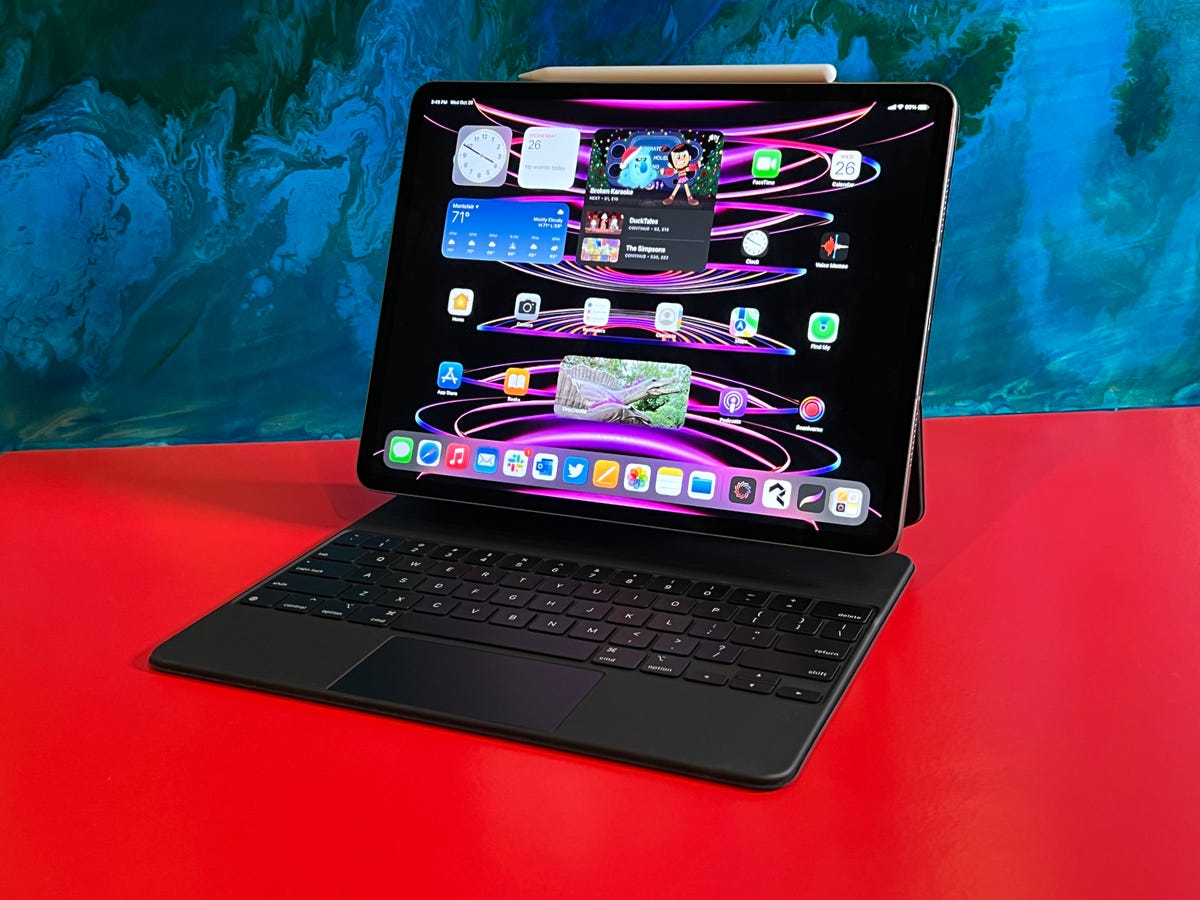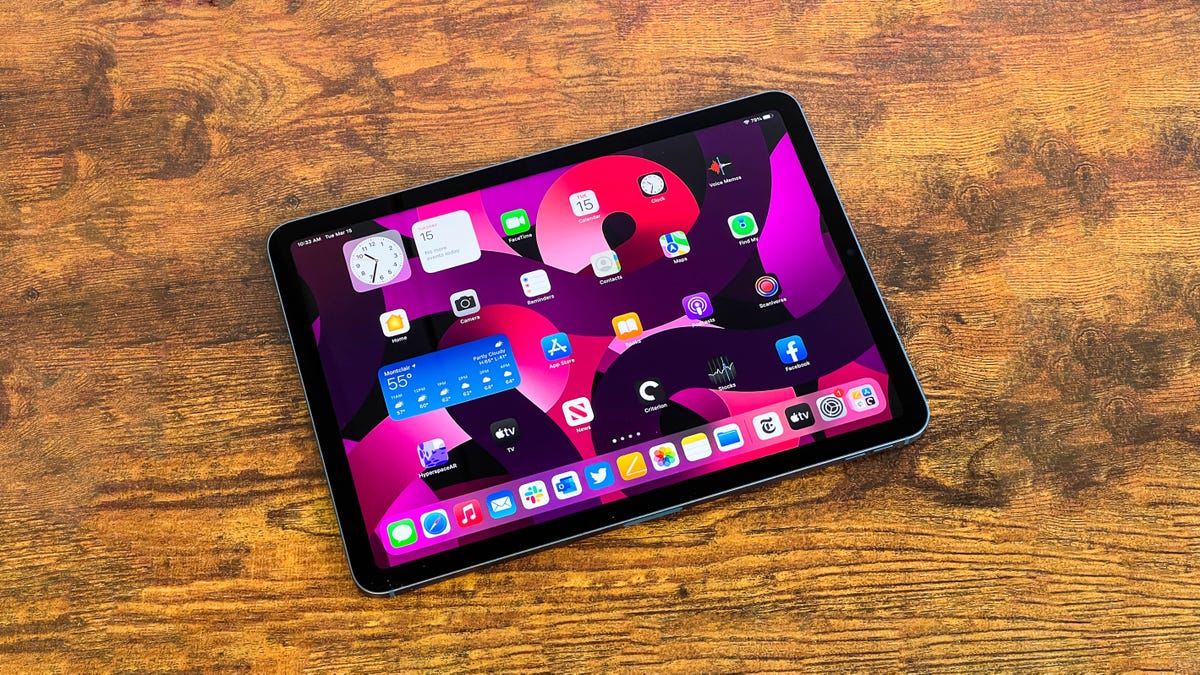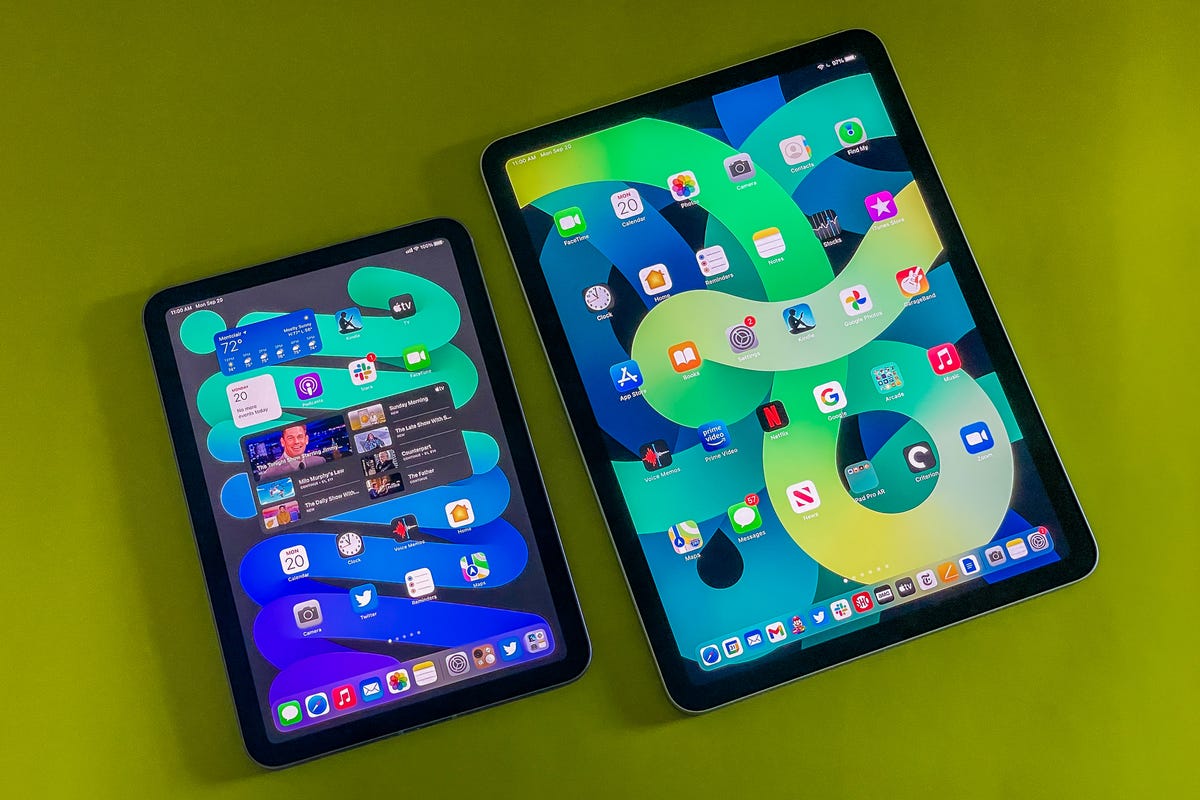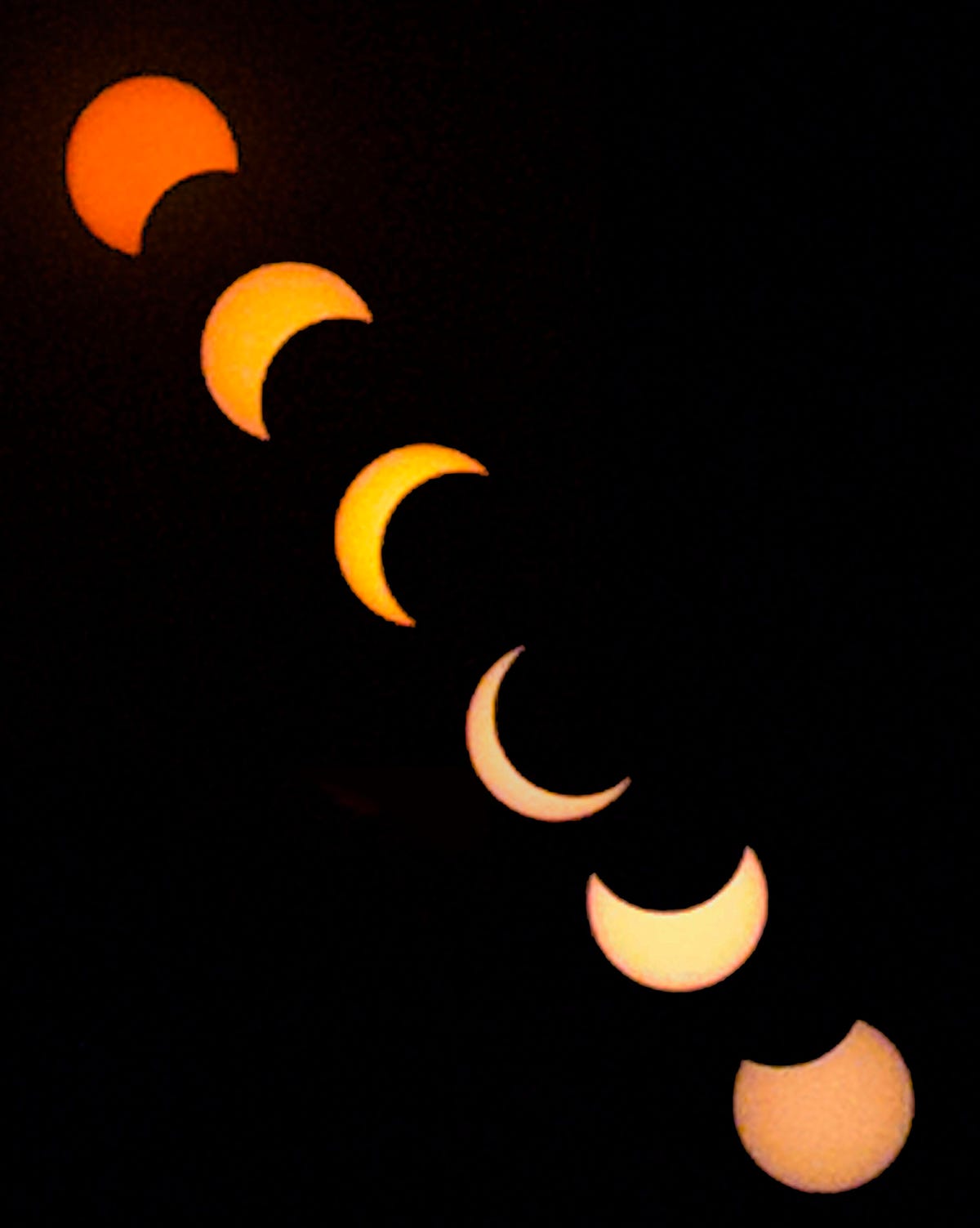Smartphones are essential to our lives. According to a report by the Pew Research Center, 97% of Americans now have a smartphone. We use phones to check email, call or text family and friends, scroll social media and even do our jobs.
But all this activity involves using a lot of data which can be increasingly expensive. A report from the third-party bill payment service Doxo last year found that the average US cellphone bill is $1,342 per year. One solution to reduce your bill is to switch to a prepaid service that gives you the power to only pay for data you actually use.
MobileX is a new wireless service available exclusively at Walmart that leverages AI to provide consumers with hyper-personalized service and avoid unnecessary charges. MobileX offers a variety of plans to fit an array of budgets and data uses, with service starting as low as $4.08 per month. MobileX works with either a SIM card or eSIM and is available on the Apple and Google Play app stores. Currently, when you purchase a starter kit for $9.88, you’ll get a credit up to $10 on a future MobileX bill, covering the initial cost.
Here’s how MobileX works.
What is an eSIM and how does it work?
For your mobile phone to connect to a carrier’s service, it needs to communicate with the carrier via its SIM card. MobileX connects to Verizon’s wireless network for cell service.
SIM stands for subscriber identity module. A SIM comes in two forms, a physical SIM card or an electronic version that is already built into your phone called an eSIM (embedded subscriber identity module).
eSIMs have long been popular for international travel, but the technology is popular for prepaid domestic use, too. When Apple removed the SIM card tray from the US models of the iPhone 14 series, it signaled a shift in eSIM dominance, and other manufacturers like Samsung and Google are following suit. Translation: The physical SIM card’s days are numbered.
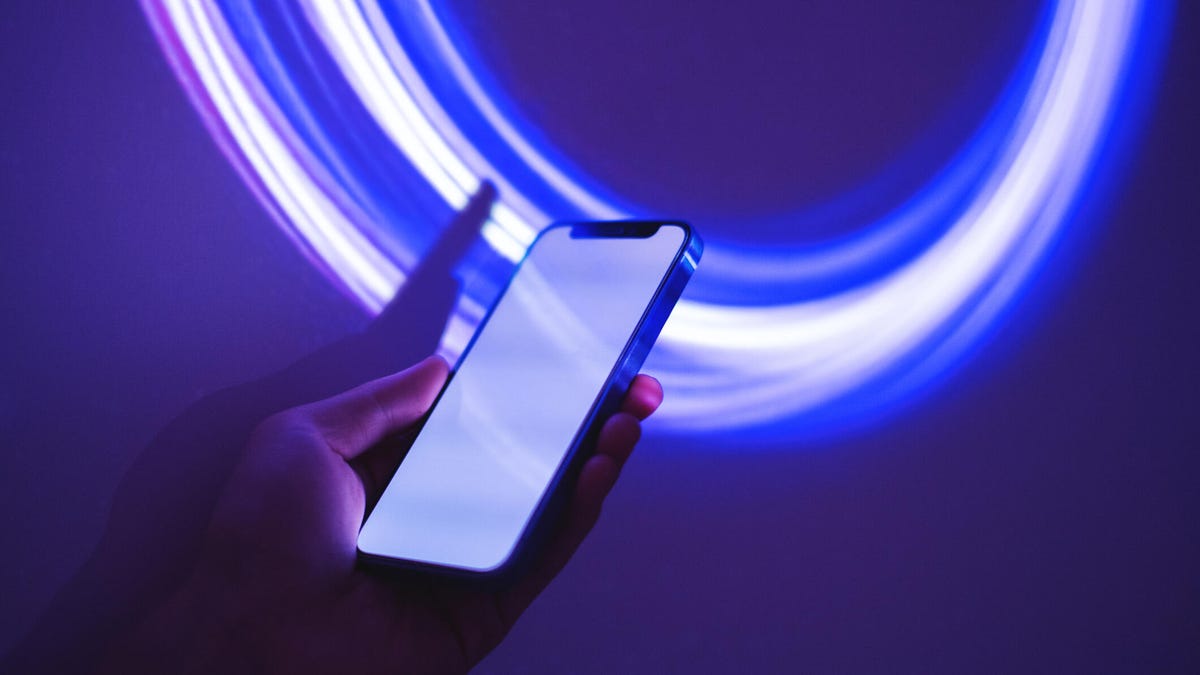
MobileX offers both physical SIMs and eSIMs. The service uses AI to learn your data usage and create a personalized plan to help you maximize your data budget.
How is MobileX different from other phone carriers?
MobileX offers users the power to customize their monthly phone bill by giving them the ability to monitor their usage on the MobileX app and choose how much they pay without sacrificing speed or quality.
Contract plans or set pay-as-you-go plans can sometimes throttle your data speeds. MobileX customizes your plan to your unique needs so that you only pay for what you need. The company says that users are not deprioritized compared to customers on other prepaid carrier’s unlimited plans. You’ll also never waste unused data; instead, unused data in Personalized Access plans will roll over to the next month as a data credit so you never lose the data you pay for.
Your first 10 days of MobileX service is free while the AI tool learns about your data habits, after which you’ll receive a recommended personalized plan and price. If you don’t want to wait that long, you can also manually choose how much MobileX data to initially purchase instead. The AI tool continues to learn and make recommendations as your usage evolves, and MobileX’s all-in-one app gives you full control over your service from a convenient interface.
For those more accustomed to traditional plans, there is the option of choosing a Basic Unlimited plan which starts at $14.88/month for 5GB of high-speed data, or $24.88/month for unlimited data including 30GB of high-speed data.
Like other MVNO service providers, MobileX supports devices that are unlocked and paid off. You can check device compatibility on MobileX’s website. When you purchase the MobileX starter kit, you receive a physical SIM card, or you can activate with eSIM if you have a newer phone model that no longer has a SIM card tray.
Get a plan that’s as smart as you
MobileX offers an easy way to personalize and save on wireless. Get your MobileX SIM Card Starter Pack for just $9.88, available only at Walmart.
Editors’ note: CNET is using an AI engine to help create some stories. For more, see this post.


